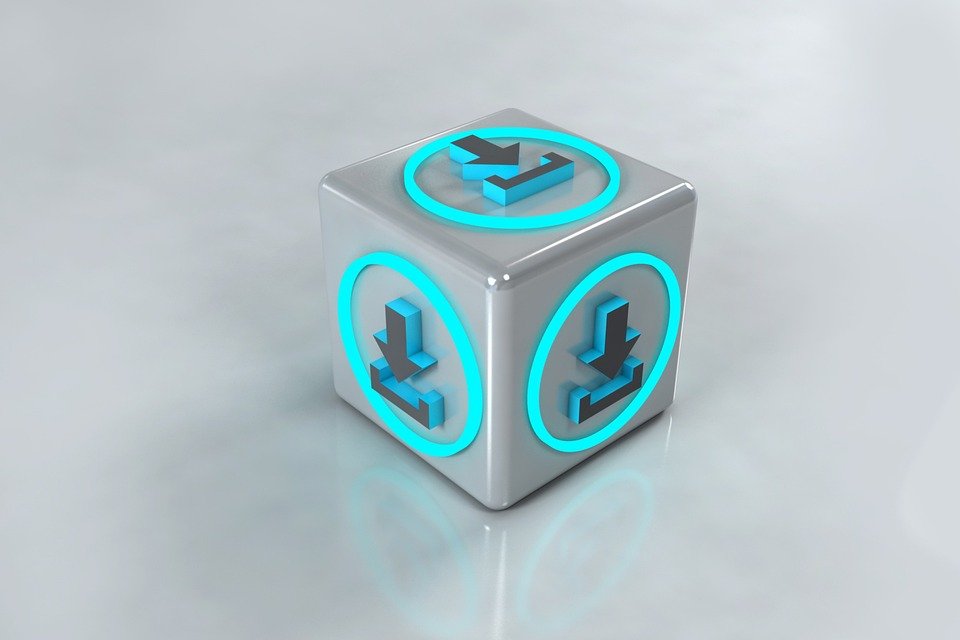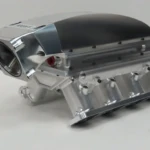introduce
In the ever-evolving world of 3D printing, few designs spark the imagination like the iconic Balloon Dog. This whimsical sculpture was originally a pop art icon made famous by Jeff Koons, but found new life through digital production. Whether you’re a hobbyist exploring FDM printing or an industrial designer looking for ultra-durable metal creations, 3D printed balloon dogs offer the perfect blend of artistic expression and technical challenge. This guide will walk you through the entire process from digital model selection to final completion and explore how huge lightthe leader in professional metal 3D printing, transforms this interesting concept into high-quality functional art.
Step by Step: Print Your Balloon Dog
1. Digital design and file preparation
- Model source: Download the proven Balloon Dog STL from platforms like Thingiverse, Cults3D or MyMiniFactory. For custom variations (e.g. pose, size), use Blender or Tinkercad.
- Major adjustments: Optimize wall thickness (plastic ≥1.5mm; metal ≥2mm) to ensure structural integrity. Hollow models reduce material usage but require drainage holes for the resin/metal powder.
2. Material and printing method
- FDM (plastic): Easily print with PLA or PETG. set up:
- Floor height: 0.1–0.2mm
- Infill: 15–20% (spiral pattern recommended).
- Bracing: Rarely required due to the balanced geometry of the design.
- Resin (SLA/DLP): Great for smooth surfaces. Post-cured under UV light to gain hardness.
- Metal: Requires industrial-grade selective laser melting (SLM) or adhesive jetting. Not suitable for DIY – professional services e.g. huge light is essential.
3. Slicing software settings
- Orient the model to minimize overhang.
- enable "ironing" Polish the top surface in Cura or PrusaSlicer.
- For metals: simulate thermal stress through software such as Netfabb to prevent warping.
4. Post-processing
- plastic: Sand caulking > Primer > Spray paint metallic finish for a faux metallic effect.
- Metal: Involving:
- Support removal (via CNC or EDM).
- Stress relief heat treatment.
- Surface polishing, electrochemical finishing or electroplating (e.g. chrome, gold – this is huge light).
Why print with metal? great light edge
The plastic balloon dog is suitable for casual display, while the metal version elevates it to heirloom quality. GreatLight’s advanced features make this possible:
- Industrial grade precision: SLM machines can achieve 30μm layer resolution and capture complex curves without distortion.
- Material diversity: Stainless steel 316L for corrosion resistance, titanium for lightness, copper for eye-catching visual appeal – all customizable.
- End-to-end post-processing: From powder removal to mirror polish, GreatLight handles everything in-house, ensuring optimal surface quality and structural integrity.
- Scalability: Produce one piece of art or a batch of more than 500 uniform units with the same tolerance (±0.1mm).
💡 For tips: For metal prints, slightly thicken the connection points (legs/neck) to withstand sintering shrinkage. At no additional cost, GreatLight engineers can optimize the design to improve manufacturability.
in conclusion
Balloon Dog is not just a test of 3D printing technology, it is also a bridge between interesting design and rigorous engineering. Plastic prints offer accessibility, but metal transforms them into durable statement pieces for galleries, luxury retail, or industrial decor. As a leader in additive manufacturing, huge light Excellent at turning such complex visions into reality. With cutting-edge metal 3D printing technology, comprehensive post-processing and fast turnaround, we ensure your metal balloon dog is not just a model, but a masterpiece.
Are you ready to create metal magic? Contact GreatLight for a quote and leverage our expertise to complete projects requiring unparalleled precision and finish.
FAQ
Q1: Can I 3D print a metal balloon dog at home?
Can’t. Metal printing requires industrial SLM/DMLS machines to operate at extremely high temperatures. Professional services like GreatLight can handle it all—file preparation, printing, and post-processing.
Q2: How much does a metal balloon dog cost?
Prices start around $200 for stainless steel (8cm high), depending on size/material. Complex surface treatments such as gold plating can increase costs. GreatLight provides instant online quotes based on your specifications.
Q3: Which metals are most suitable for the beauty of balloon dogs?
- Stainless steel: Matte or polished, ideal for cost-effective durability.
- Bronze/Copper: Develops a natural patina over time.
- titanium: Lightweight, aerospace grade; ideal for large installations.
Q4: How long does metal 3D printing take?
From file submission to delivery:
- Printing: 10-24 hours (depending on size).
- Post-processing: 2-5 days. GreatLight’s expedited service reduces delivery time by 30%.
Q5: Can GreatLight print designs that go beyond art, such as functional parts?
Absolutely! We specialize in high-strength, complex components for the aerospace, medical and automotive sectors. Submit your CAD files for feasibility analysis.
Q6: Do you offer coloring options for metallic prints?
Yes. Electroplating (gold/silver/copper), chemical rusting or ceramic coating can be used. Share your color vision in your project brief!
Q7: How to prepare files for GreatLight metal printing?
Simply upload your STP/OBJ files through our portal. Our engineers will review wall thickness, overhangs and stress points and make optimization recommendations – usually within 24 hours.
Discover the future of metal manufacturing
From cutting-edge art to mission-critical components, GreatLight blends innovation and reliability. Start your metal projects today and experience flawless, high-quality 3D printing.










































